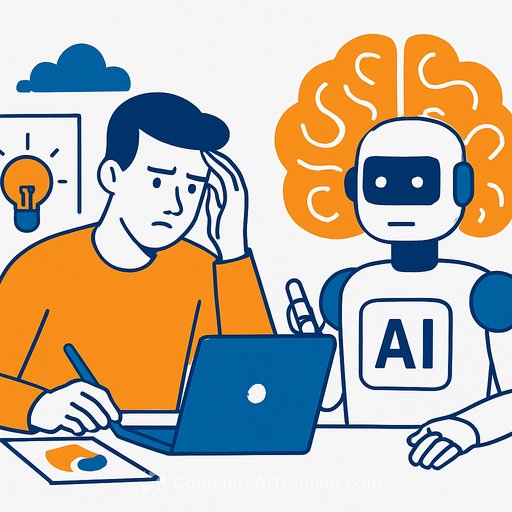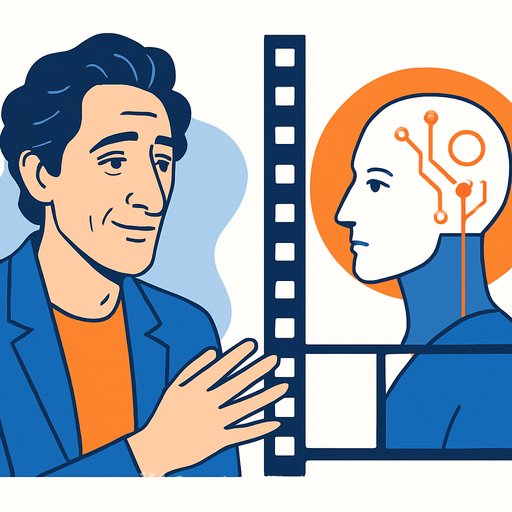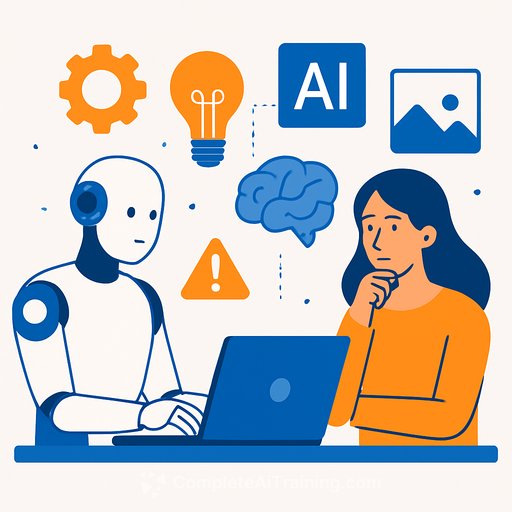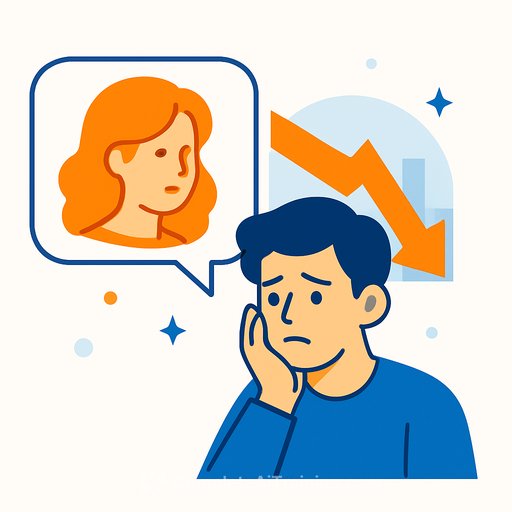Designers push back on AI: most say it dulls creativity
Designers are the most sceptical group in a new UK survey of 500 creative professionals. Four in five say AI undermines originality, compared with roughly two-thirds of writers and journalists.
Across the broader creative field, nearly eight in ten feel AI-generated work often comes out homogenised and struggles to connect with real audiences. The message is clear: speed isn't the same as soul.
Key findings at a glance
- 81% of designers believe AI dulls creativity (vs 63% of writers/journalists).
- 78% across creative industries say AI output often feels homogenised and less resonant than human work.
- 94% of all respondents use AI somewhere in their process - but only 52% of designers do.
- Gen Z: about two-thirds use AI tools, yet only 1 in 10 say machine-made work has genuine creative value.
- 70% of creatives are concerned about job losses.
"Only humans can be creative beyond what is known"
The research team urges studios and agencies to position AI as a tool - not a stand-in for the creative act. As the lab's director put it: "True creativity needs nourishment, not substitution."
Large language models can generate ideas fast, remix references, and surface options. What they can't do is experience imagination, inspiration, or intention - the things that give work meaning and resonance. "Only humans can be creative beyond what is known."
Designers are using AI less - on purpose
While most creatives are experimenting with AI, designers stand out for holding the line. Just over half use AI in their process, compared to 94% overall.
That restraint tracks with the job. Design depends on constraints, taste, and context. When the work starts to feel samey, it stops solving real problems and starts pleasing algorithms.
The skill risk nobody wants
The lab also flags a cognitive cost. Overreliance on LLMs could weaken the neural connections that support memory, problem-solving, and grit - leaving even experienced pros less able to generate original ideas or think clearly under pressure.
That's not fearmongering. It's a reminder to keep your creative muscles active: sketch, think, and iterate before you prompt.
LLMs can mimic a novice - they're not experts
On design specifically, a co-investigator noted that LLMs can sometimes reach the level of a novice designer, but they remain far behind experts. "And we don't expect this to change as we move towards AGI."
The leap that matters - making unexpected connections and analogies - is still deeply human.
Where AI is helping right now
Adoption varies by discipline. In architecture, an industry survey found 41% of UK architects use AI on at least the occasional project, and 43% of those report efficiency gains. That's useful - as long as efficiency isn't mistaken for originality.
If you want to explore neutral sources on these sectors, see the University of Exeter and RIBA.
Practical playbook for creatives
- Use AI for grunt work: research sweeps, transcription, summaries, first-pass variations.
- Keep the core human: briefs, concept development, taste decisions, final narrative.
- Protect deep work: no-AI sprints for ideation; bring tools in after you've sketched real options.
- Audit sameness: if outputs start to look alike, reset your inputs or step away from the model.
- Document your IP: style guides, references, and decision trees that reflect your taste - not the model's.
- Measure impact: track time saved vs. quality and client response, not just volume.
If you're upskilling
Want structure without losing your voice? Explore curated resources built for working creatives:
Bottom line
AI can accelerate parts of the process, but originality still comes from you. Keep the tool in its lane, protect your craft, and ship work that actually connects with people.
Your membership also unlocks:






